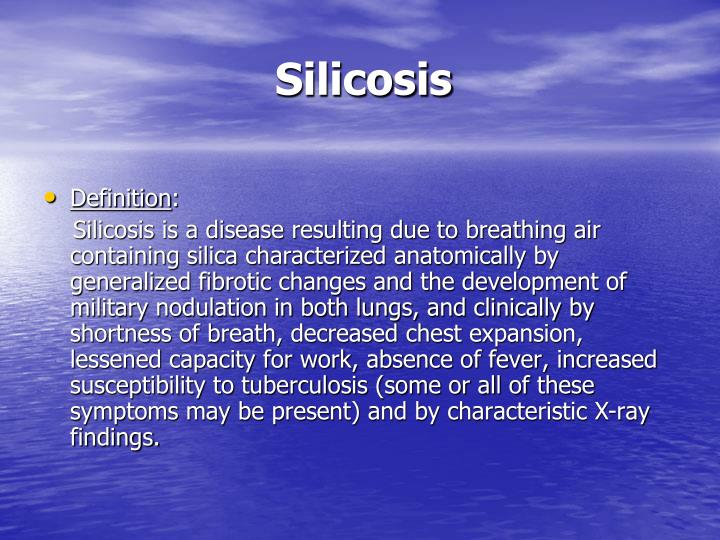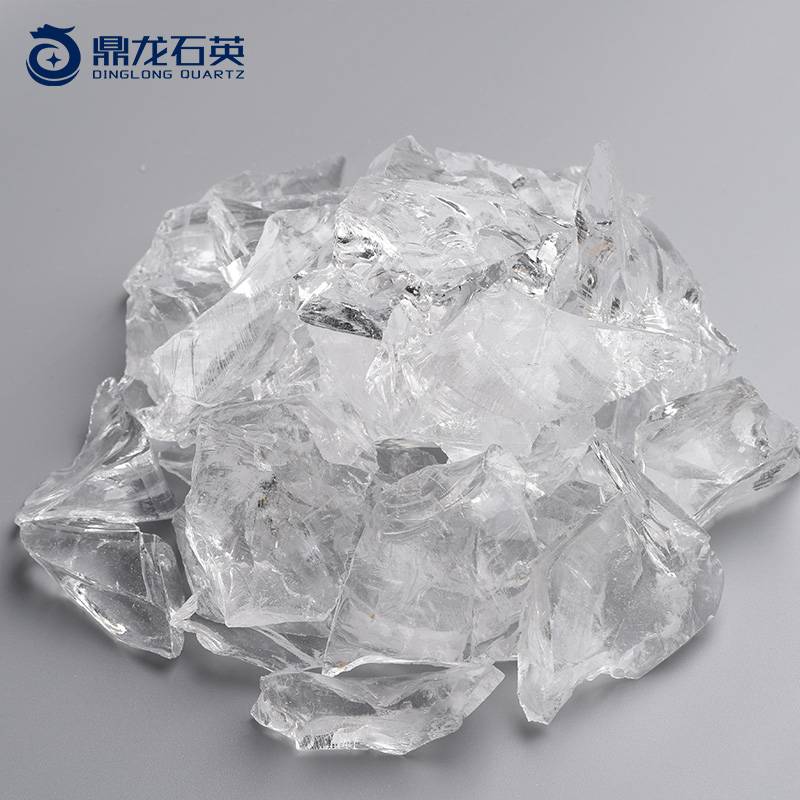

This is the most effective way of controlling dust. Use LEV that fits directly onto the hand-held machines.

During blasting, containment methods such as blast-cleaning machines, cabinets and LEV should be used. Use metallic shot, slag products (ilmenite, garnet or staurolite) instead of sand. WHS Regulations do not allow abrasives containing silica. Have enclosures or hoods and local exhaust ventilation (LEV) to remove the dust at the point it's produced. Filters should be cleaned and maintained regularly. and an air-conditioned cab with a filtered air supply.

tractors, excavators and bulldozers) should have a dust collection system Ensure the rock-drilling machines, have dust suppression features Use fibre cement sheet shears instead of circular saws getting materials cut to size off-site. autoclaved aerated concrete) in place of concrete - masonry planning buildings with pre-built recesses for plumbing, gas and electric wiring Summary of control measures for silica dust ACTIVITY The table below outlines a summary of control measures for silica dust. If you are concerned about your health, or think you may have been exposed to a cancer-causing agent, speak to your doctor. These should be done before job placement and at least every three years (yearly for high-risk jobs). It can help to detect loss in lung function before permanent damage.
SILICA DEFINITION HOW TO
Safe Work Australia's crystalline silica health monitoring guide outlines how to monitor workers. WHS regulations state that health monitoring must be provided to workers who are continually working with silica dust and there is a significant risk to the worker's health. Air monitoring should be conducted by an independent, competent person, which may include a certified occupational hygienist or a person with recognised equivalent competency under an international certification scheme. To comply with the model WHS Regulations, businesses must monitor workers' exposure to silica dust if there is uncertainty whether the exposure standard has been or may be exceeded or it is necessary to work out whether there is a risk to health. However, there is no evidence to support a safe level of silica dust exposure. The mandatory limit for silica dust exposure in Australia is 0.05mg/m 3 averaged over an eight-hour day, although the American Conference of Governmental Industrial Hygienists (ACGIH) have recommended this be limited to 0.025 mg/m 3. Not all exposed workers will develop cancer cancer risk increases with long-term or repeated high-level exposure. As it is 100 times smaller than a grain of sand, you can be breathing it in without knowing.Įxposure to silica dust can lead to the development of lung cancer, silicosis (an irreversible scarring and stiffening of the lungs), kidney disease and chronic obstructive pulmonary disease. It is estimated that 230 people develop lung cancer each year as a result of past exposure to silica dust at work. Silica dust is harmful when inhaled into your lungs.

Today, all states and territories in Australia have work health and safety laws that explain duty of care for employers and workers' responsibilities. When these materials are worked on, silica is released as a fine dust known as respirable crystalline silica or silica dust. Silica dust can also be found in the following products: Silica dust (crystalline silica) is found in some stone, rock, sand, gravel and clay. The truth about Silica Dust | Cancer Council


 0 kommentar(er)
0 kommentar(er)
